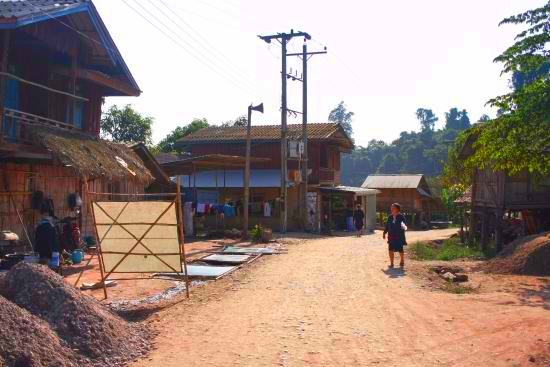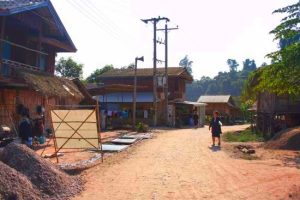Nam Dee Village is a captivating destination located just 6 km from Luang Namtha town, nestled in the lush, natural beauty of northern Laos. It offers a unique opportunity to experience the traditional culture and way of life of the Lanten (Lao Huay) people, an ethnic group that has retained its cultural heritage despite external influences. Visitors can explore the traditional practices of bamboo paper making, weaving, and embroidery, and take part in hands-on activities in a homestay setting.
The village is also a gateway to the scenic Nam Dee Waterfall, making it a perfect destination for eco-tourism and cultural immersion. Whether you’re a nature lover, culture enthusiast, or someone looking for a quiet retreat, Nam Dee Village offers an unforgettable experience.
Overview
Nam Dee Village is an ideal destination for travelers seeking a deeper understanding of Laos' northern cultural traditions. With its well-preserved customs and sustainable tourism initiatives, it provides an authentic and enriching experience.
In addition to the cultural offerings, visitors can enjoy the village’s stunning natural surroundings. The Lanten people, who live in harmony with the land, have cultivated a deep respect for their environment, incorporating natural materials into their crafts and daily lives. The traditional Lanten culture, along with the natural beauty of the area, makes this village an off-the-beaten-path gem for tourists in Laos.
Features
Traditional Lanten Culture
The Lanten people, also known as Lao Huay, have a distinctive culture that sets them apart from other ethnic groups in Laos. Known for their indigo-dyed clothing and intricate embroidery, the Lanten maintain a rich spiritual and cultural life. Their beliefs center around ancestor worship, Taoism, and the veneration of local spirits. Key elements of their traditional way of life include:
- Indigo-Dyed Clothing: The Lanten are known for wearing distinctive clothing made from handwoven cotton, dyed with indigo and accented with bright pink or red trim and silver jewelry. These garments are often hand-embroidered with intricate designs that hold deep cultural significance.
- Ceremonial Masks: The Lanten also produce wooden ceremonial masks, which are used in various religious and cultural ceremonies. These masks are symbolic of the spiritual world and the connections between the living and the ancestors.
- Spiritual Beliefs: The Lanten’s belief system combines Taoist influences with animism, ancestor worship, and spirit rituals. Their daily life revolves around respect for nature and the spirits that inhabit the land.
Bamboo Paper Making
A highlight of the Lanten culture in Nam Dee Village is the traditional craft of bamboo paper making. This paper is not only functional but also sacred, used in religious ceremonies and for recording important texts. The process involves the following steps:
- Harvesting Bamboo: Bamboo stalks are harvested from the forest.
- Pounding Bamboo: The bamboo is boiled and pounded to break it down into pulp.
- Shaping Paper: The pulp is spread across a cotton sheet, then left to dry under the sun.
- Decoration: Sometimes the paper is inscribed with Lanten script, which is a writing system derived from ancient Chinese characters.
This paper is used for religious texts, prayers, and ceremonial purposes, and the Lanten people believe that it carries spiritual significance. Visitors to Nam Dee can witness the process firsthand and even try their hand at making their own bamboo paper.
Nam Dee Waterfall
The Nam Dee Waterfall is a key natural attraction near the village. The waterfall is surrounded by verdant forest and offers a refreshing spot for visitors to cool off after a walk. The falls cascade down several tiers of stone, creating a picturesque and tranquil scene.
- Best Time to Visit: The waterfall is most impressive during the rainy season (June to October), when the water flow is at its peak. During the dry season (November to May), the waterfall may dry up and may not be accessible.
- Trekking to the Waterfall: The waterfall can be reached by a 5-minute walk from the village, and visitors can continue the hike for about an hour to explore the surrounding lush forest. There’s a swing bridge over the falls that adds an element of adventure to the trek.
Village Life and Handicrafts
The village is home to several artisan groups, including those focused on embroidery, weaving, and bamboo paper making. Visitors can see artisans at work and purchase handcrafted items as souvenirs. Common handicrafts include:
- Handwoven Textiles: The Lanten are skilled weavers who create intricate patterns on cotton cloth, often using indigo dye and silk thread. These textiles are used for making clothing, bags, and household items.
- Embroidery: Lanten women often embroider their traditional clothing with detailed patterns inspired by the natural world. These garments, including the robes worn by shamans, feature elaborate motifs of dragons and celestial beings.
Visitors can observe these artisans as they work, and those interested in learning the craft can participate in workshops offered by local artisans.
Homestay Experience
One of the best ways to experience the culture of Nam Dee Village is by staying in a local homestay. These homestays allow visitors to live with Lanten families, experiencing their way of life firsthand. During your stay, you may have the opportunity to:
- Cook Traditional Meals: Join your host family in preparing traditional Lanten meals, such as sticky rice, soups, and locally sourced vegetables and herbs.
- Participate in Daily Activities: Depending on the season, you may help with tasks like weaving, paper making, or tending to the fields.
- Learn Lanten Customs: Gain insight into the spiritual and cultural practices of the Lanten people, including their ceremonies, festivals, and community rituals.
History
The Lanten people of Nam Dee Village have a long history that dates back several centuries. It is believed that they migrated from China over 100 years ago and settled in northern Laos. Over time, they developed a unique culture that blends influences from Taoism, animism, and the surrounding natural environment.
Historically, the Lanten people were farmers and artisans, specializing in weaving, embroidery, and making ceremonial items such as masks and bamboo paper. They maintained a close relationship with the land and the spirits they believed inhabited it, with agriculture and craftsmanship forming the backbone of their economy.
In recent decades, the Lanten culture has gained attention due to its rich traditions and the resurgence of interest in preserving cultural heritage. As eco-tourism grows in Laos, Nam Dee Village has become a key destination for visitors seeking an authentic, culturally immersive experience.
Entrance Tickets
Visiting Nam Dee Village requires the purchase of an entrance ticket, which helps support the local community and tourism initiatives. The ticket grants access to the visitor center, the village, and the Nam Dee Waterfall area.
- Entrance Fee:
- Adults: $2 - $5 USD
- Children: Often free or at a discounted rate
The entrance fee may vary depending on the activities you wish to participate in (e.g., bamboo paper making or weaving workshops).
Location and Address
Nam Dee Village is located about 6 kilometers from Luang Namtha town, in the northern part of Laos, close to the Nam Dee Waterfall and surrounded by rice fields and dense forests.
Address:
Nam Dee Village
Luang Namtha District
Luang Namtha Province
Northern Laos
How to Get There (Transportation)
By Car or Motorbike:
- Self-Drive: If you have a motorbike or car, the easiest way to get to Nam Dee Village is by driving from Luang Namtha town. The journey takes about 20 minutes, and the road offers beautiful views of rice paddies and rural landscapes.
- Motorbike Rentals: Motorbikes can be rented in Luang Namtha town, and you can use local maps or GPS to navigate to the village. The route is straightforward and offers an opportunity to see rural Lao life.
By Local Transport:
- Tuk-Tuk or Taxi: If you don’t want to rent a vehicle, you can hire a local tuk-tuk or taxi to take you to the village. This option is convenient and allows you to relax while a local driver handles the route.
By Foot (Trekking):
- Trekking from Luang Namtha: For more adventurous travelers, it is possible to trek from Luang Namtha to Nam Dee Village. The trek will take around 1.5 to 2 hours, passing through rice fields and small rural settlements. It’s a scenic and peaceful journey, ideal for those who want to experience the natural beauty of northern Laos.
Travel Tips
- Best Time to Visit: The best time to visit Nam Dee Village is during the dry season (November to May), when the weather is pleasant and ideal for outdoor activities. However, if you want to see the waterfall in full flow, visit during the rainy season (June to October).
- What to Bring: Wear comfortable walking shoes, especially if you plan to trek to the waterfall. Don’t forget sunscreen, a hat, and insect repellent for your outdoor activities. If you're visiting during the paper-making season (January to March), consider bringing a camera to capture the process.
- Cultural Sensitivity: Be mindful of local customs when visiting the village. Ask for permission before taking photos of people or their homes, and be respectful of any sacred or ritual objects.
- Eco-Tourism Practices: Nam Dee Village encourages sustainable tourism. Be sure to minimize waste, conserve water, and respect the environment. Stick to designated paths and trails to avoid damaging the natural surroundings.
- Language: Lao is the primary language spoken in the village, though many people involved in tourism can speak basic English. Learning a few phrases in Lao can enhance your experience and make interactions with locals more meaningful.
- Packing: If you plan to stay in a homestay, pack light but include essentials such as comfortable clothing for outdoor activities, a flashlight for evening walks, and any personal items like toiletries.
By following these travel tips and embracing the authentic cultural and natural beauty of Nam Dee Village, you’ll gain a deeper understanding of Lao life while helping support the preservation of local traditions and sustainable tourism.


 Tours
Tours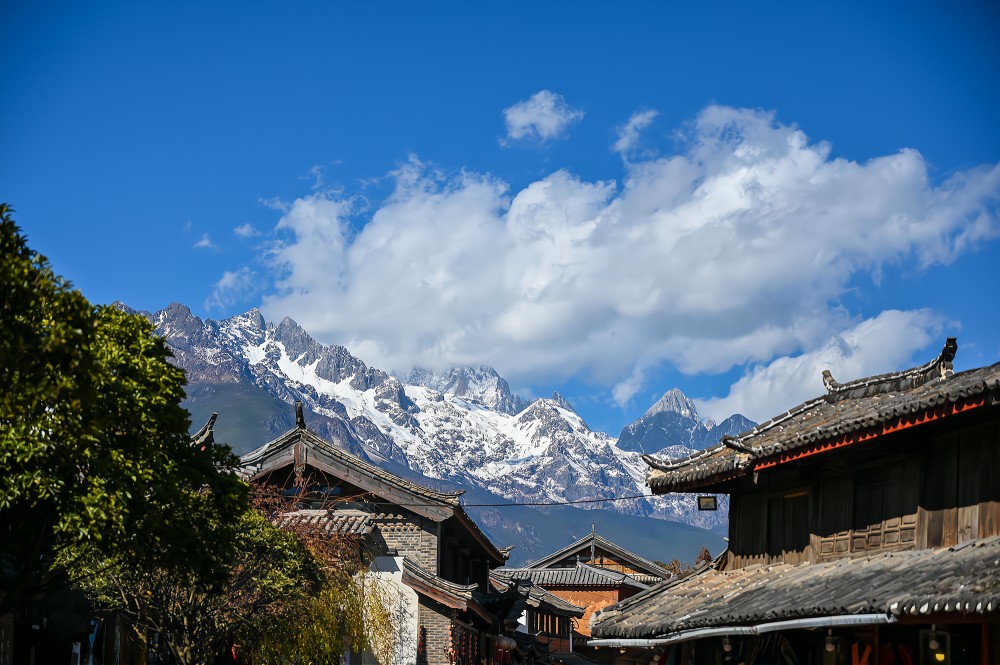

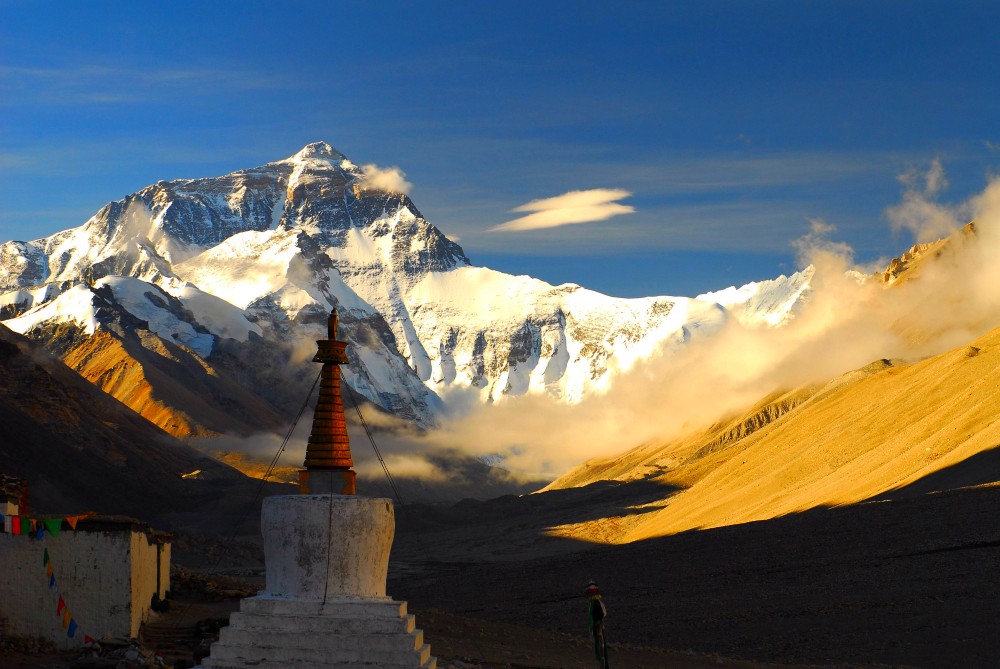
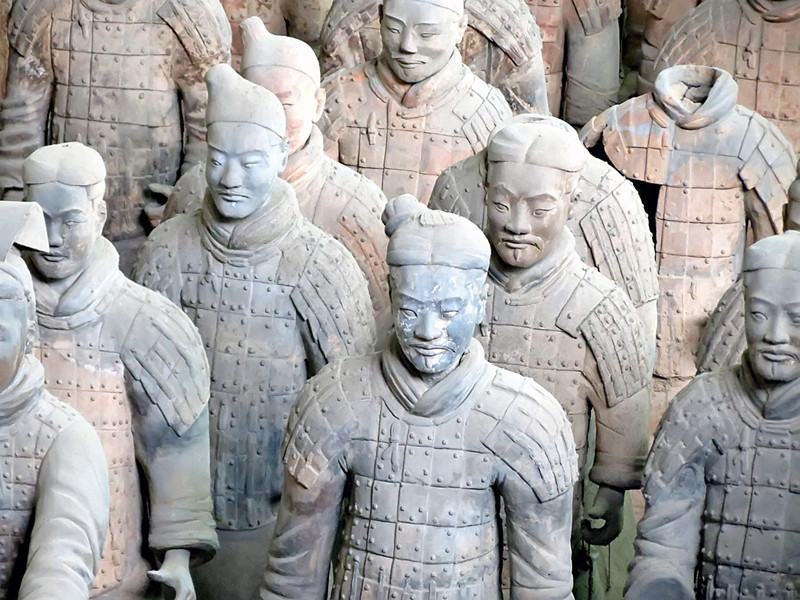
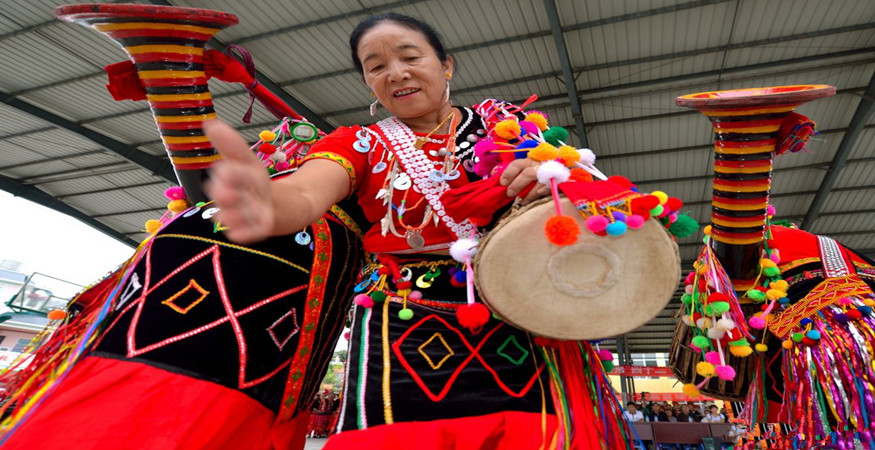
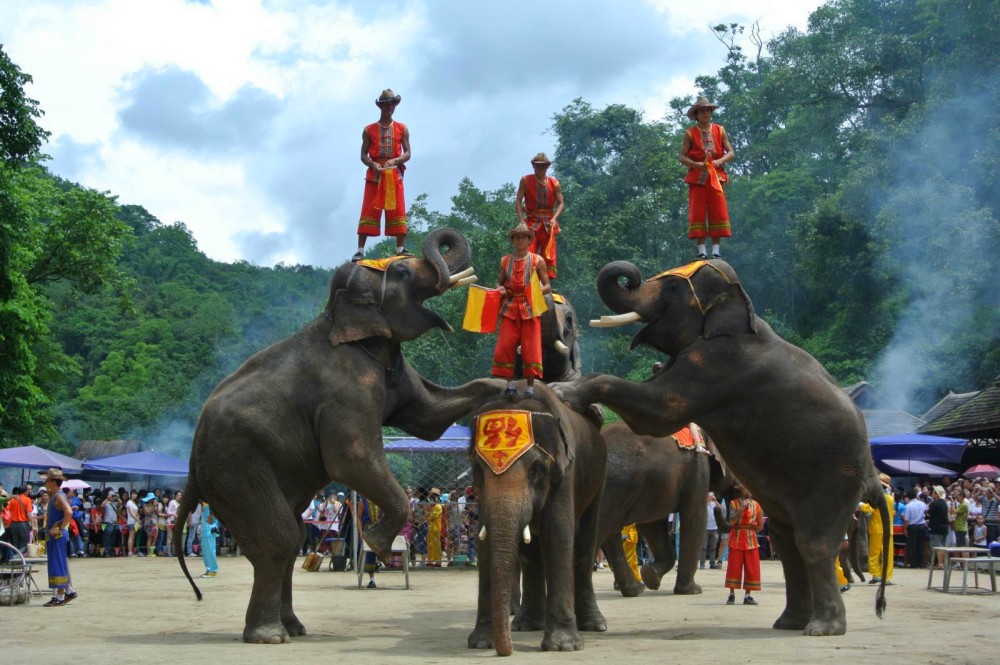
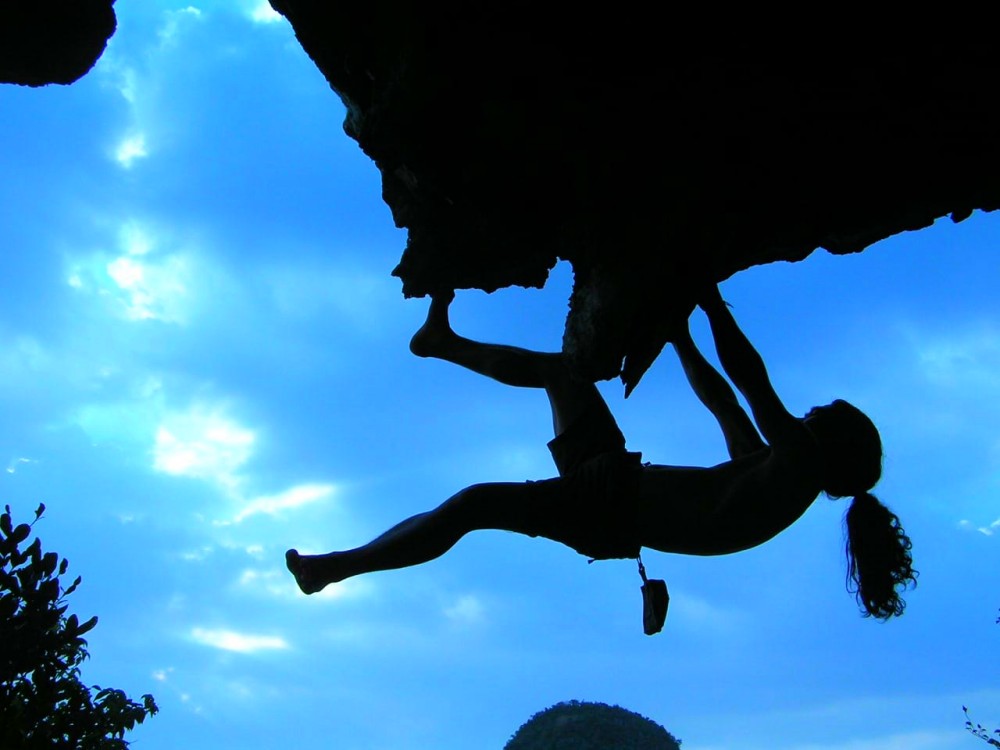
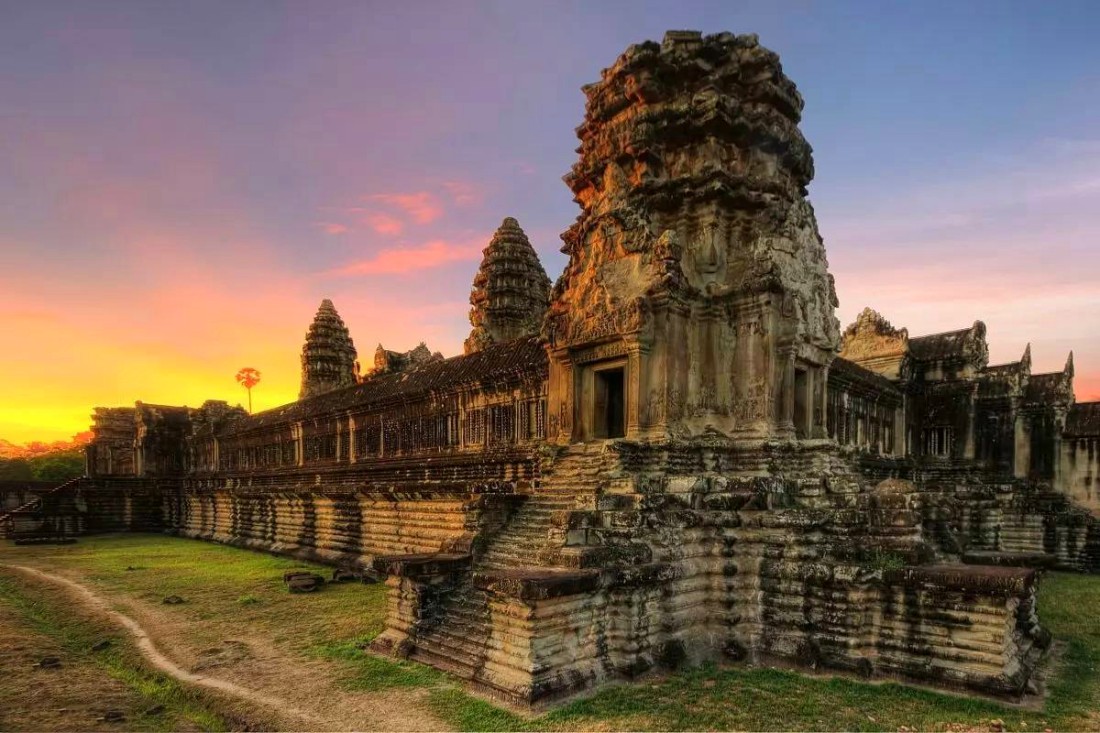
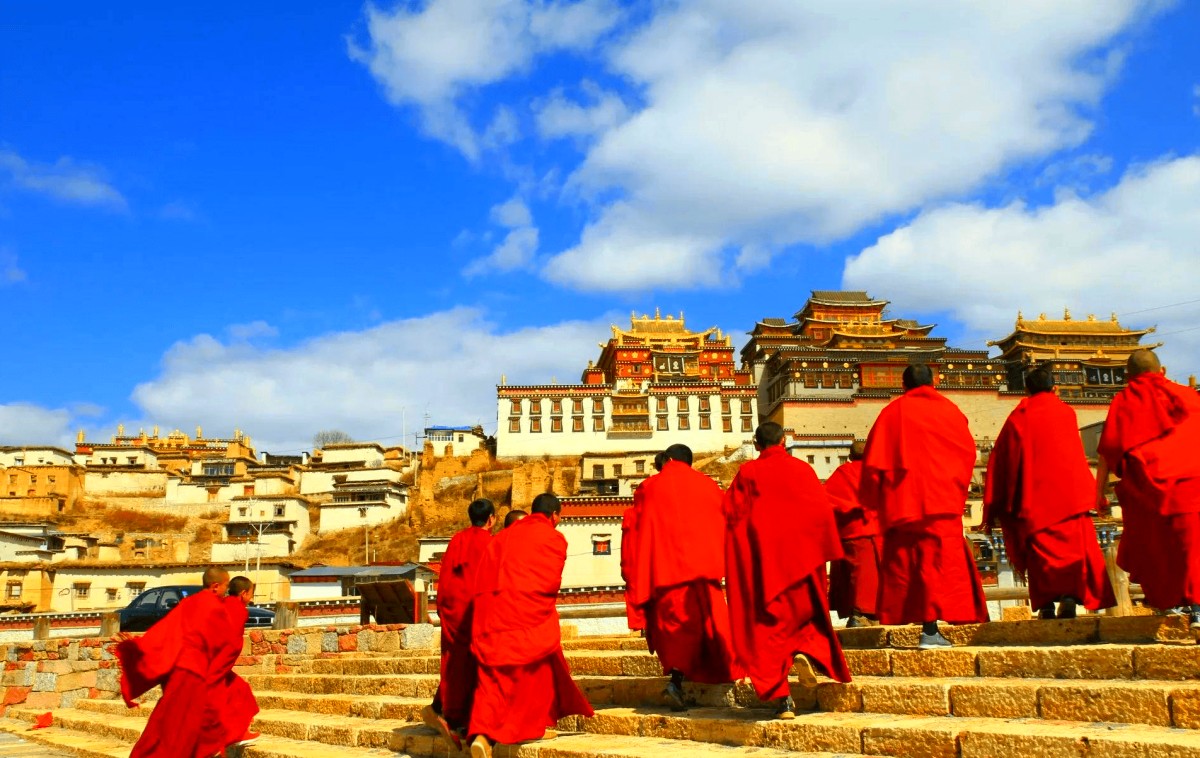
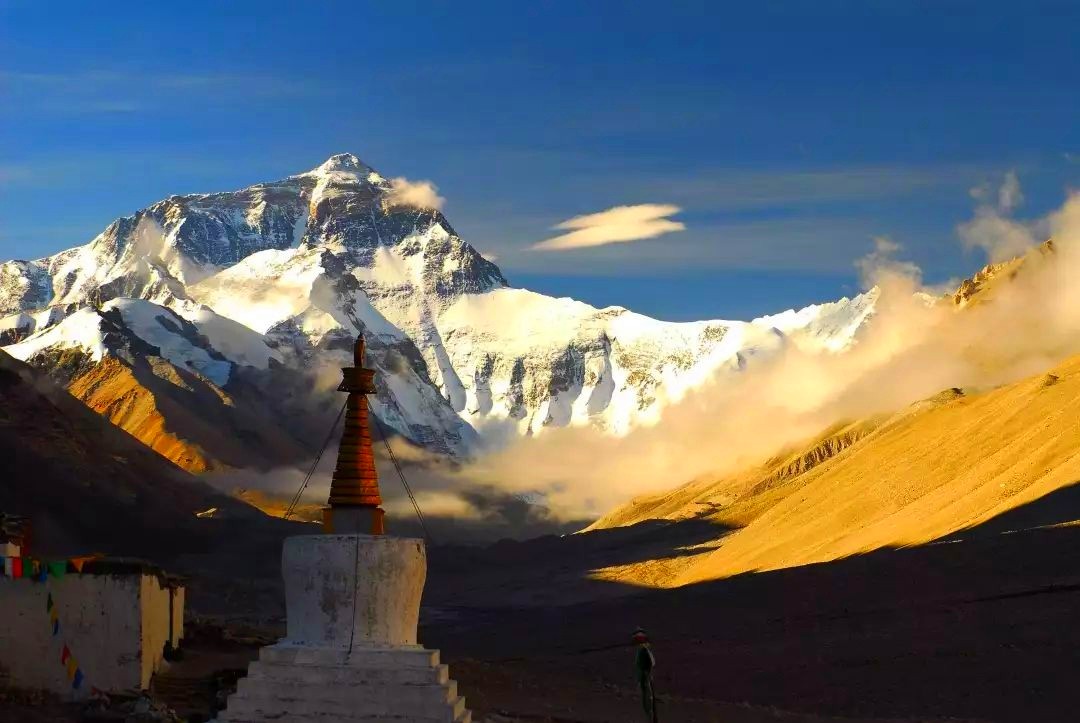
 Destinations
Destinations Attractions
Attractions Golf
Golf Customize
Customize About Us
About Us Contact
Contact


